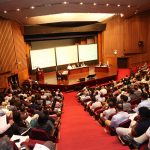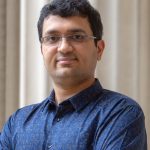Ashwin Seshadri’s lab explores vital issues related to monsoons and decarbonisation
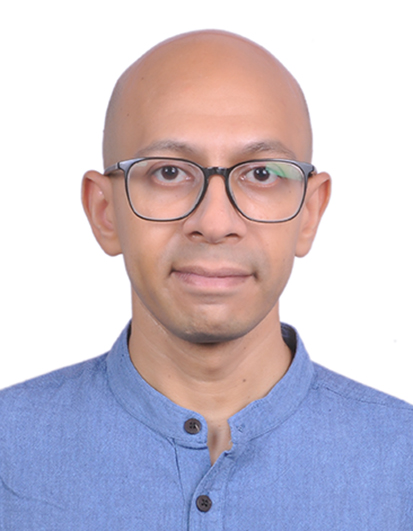
“We all want to work on socially important problems, but to build a career out of this, we need to work on problems that [also] excite us intrinsically,” says Ashwin K Seshadri, Assistant Professor at the Centre for Atmospheric and Oceanic Sciences (CAOS) and Divecha Centre for Climate Change (DCCC), IISc.
Ashwin’s path in climate science was not straightforward. He pursued his BS-MS degree in mechanical engineering at Purdue University. During the third year of college, he became involved in Student Pugwash, an organisation that advocates the use of science in a socially responsible manner.
It was Student Pugwash that influenced Ashwin’s decision to pursue climate policy, as his “socially important problem.”
After his Master’s, he spent a year at the Massachusetts Institute of Technology (MIT), studying technology and policy. To explore these areas further, he returned to India to work on issues of nuclear safety. This intensified his desire to pursue climate policy. He went back to the USA and did his PhD in Engineering and Public Policy at Carnegie Mellon University, Pennsylvania. “There was a part of me when I was studying policy that missed doing science,” recalls Ashwin of his PhD days.
In 2013, when he came back to India for his postdoc at IISc, his mentor, J Srinivasan, Honorary Professor at DCCC, encouraged him to pursue the problem of monsoon tipping, especially in South Asia.
“We take the monsoon for granted, but if you force it enough, it can change substantially,” explains Ashwin.
Large changes in monsoon patterns can have severe implications for growing economies like India, where a large section of society is dependent on agriculture, which remains heavily reliant on monsoons. Climate scientists have been investigating the possibility of large changes in Earth systems, called tipping elements, that can shift rapidly from one state to another, causing large effects on climate. It was once believed that monsoons are tipping elements.
One of the factors that was believed to accelerate monsoon tipping is increased planetary albedo, Ashwin points out. Planetary albedo is the fraction of solar radiation that the Earth system reflects. Higher albedo reduces the energy driving monsoons. As far as monsoons are concerned, work in Ashwin’s group has shown, along with others, that monsoons are not tipping elements.
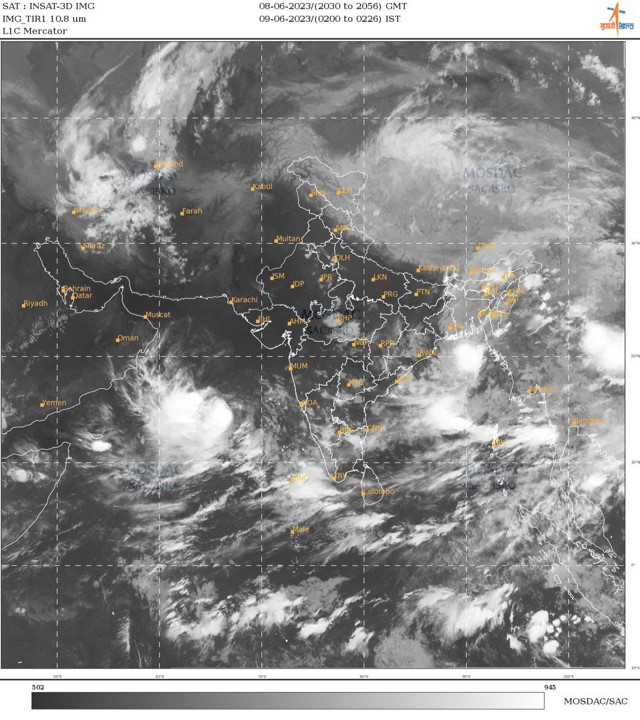
Another interesting area that Ashwin’s group has been working on is understanding the nonlinear evolution of the monsoon across seasons. Why does the southwest monsoon have an abrupt onset and slow retreat? For example, in a study published in Journal of the Atmospheric Sciences, PhD student Rajat Masiwal showed how the behaviour of the winds driving the monsoon can be explained by their nonlinear response to surface pressure evolution across seasons.
Harking back to his first interest, Ashwin’s lab has also continued studying climate policy, specifically decarbonisation policies and approaches. “We have to make efforts to eliminate emissions of greenhouse gases to limit global warming,” says Ashwin.
Expanding the use of renewable energy is a major part of this decarbonisation. Ashwin’s research revolves around how a large expansion of renewable energy can be made effective, considering cost, reliability, and other factors.
For example, Anasuya Gangopadhyay, a PhD student in his lab, has worked on decarbonising the electricity grid in Karnataka. A study of hers looked at the possibility of replacing traditional energy sources like fossil fuels with renewable energy sources for electricity generation while balancing supply and demand of electricity.
To maintain continuous supply of electricity using renewable energy is challenging – solar energy is absent at night and wind energy is seasonal in nature. That is why scientists have been proposing a portfolio of solutions, relying on multiple sources of renewable energy.
Hybrid power plants generate energy using more than one renewable energy source. In the study, the team has proposed the use of wind-solar hybrid power plants, based on the climatic conditions.
Such plants are especially helpful in southern states like Karnataka, where wind energy is more prevalent during the active phase of the southwest monsoon – which brings winds to the Indian subcontinent. In Karnataka, this makes windy days cloudier, restricting the amount of solar energy, and so there is complementarity between wind and solar. Hybrid systems can allow at least one form of renewable energy – either wind or solar – to be available at most times.
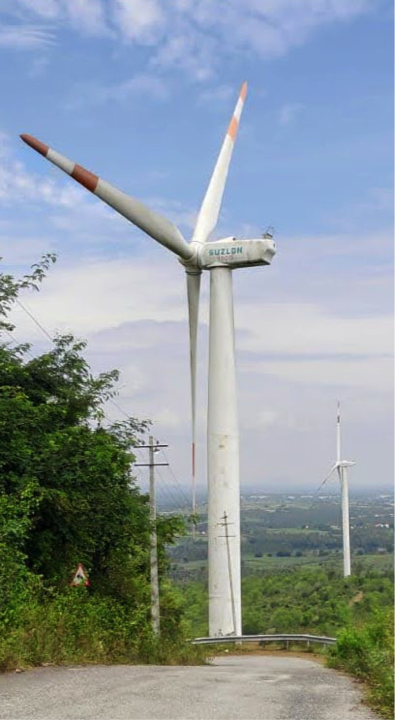
A complete switch to renewable energy is also challenged by seasonal variation.
Winds in India, including those that come during the peak wind season of the southwest monsoon, have peak activity at various times throughout the day. Another study from the lab, for example, looked at diurnal patterns in wind circulation.
The study, which analysed climate data for many years, found that individual locations tend to have a systematic tendency towards morning or evening peaks. This can be used to reduce the variability of generation. Such studies can help the industry and decision-makers decide how and where wind farms should be sited. Choosing appropriate sites to locate wind farms can enable reliable energy production and lower the risk of failure on the investors’ side, as renewable energy involves long-term investments.
The cost of renewable energy technology is affected by wider factors as well, Ashwin says. To control higher inflation rates, governments across the world have been increasing interest rates, making loans more costly. This increases the costs of installing renewable energy systems, which rely on large upfront investments, he explains.
Apart from research, Ashwin has an interest in understanding risk. He also enjoys reading on a variety of subjects. “As long as I get a chance to keep reading,” he says, “the day feels well spent.”



